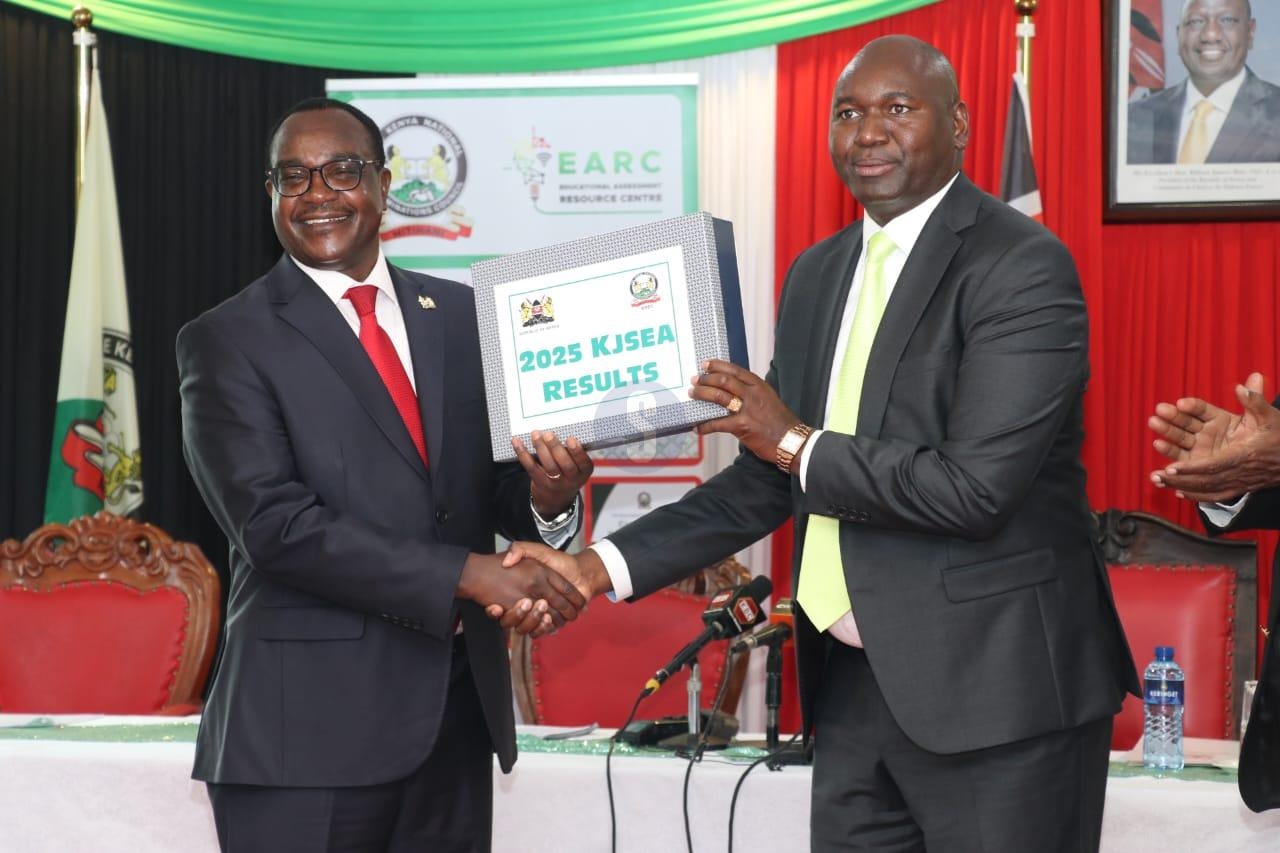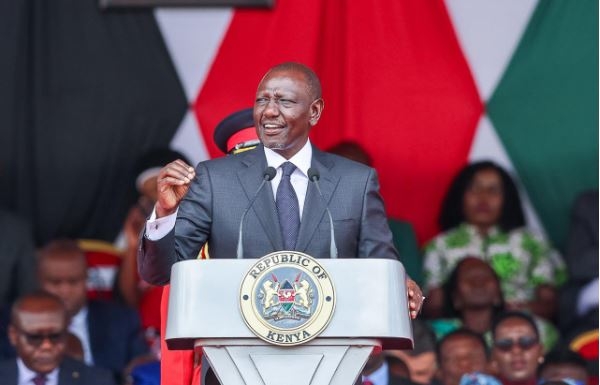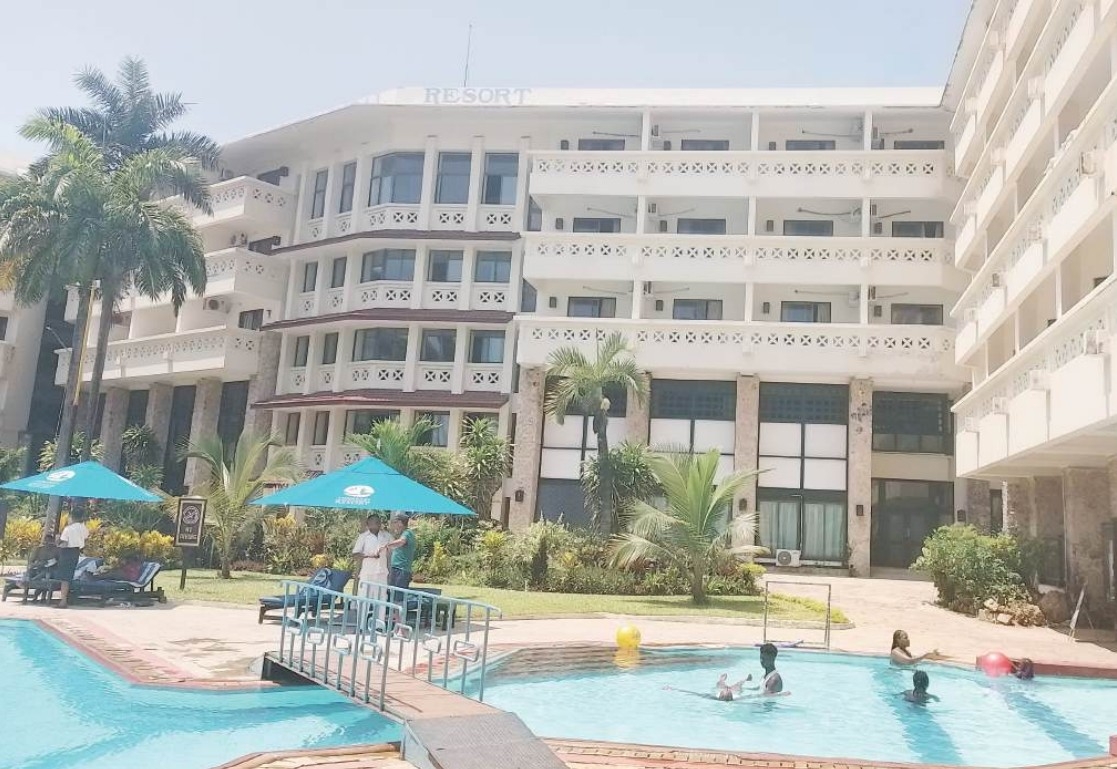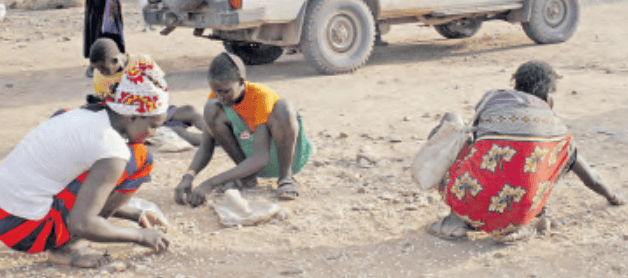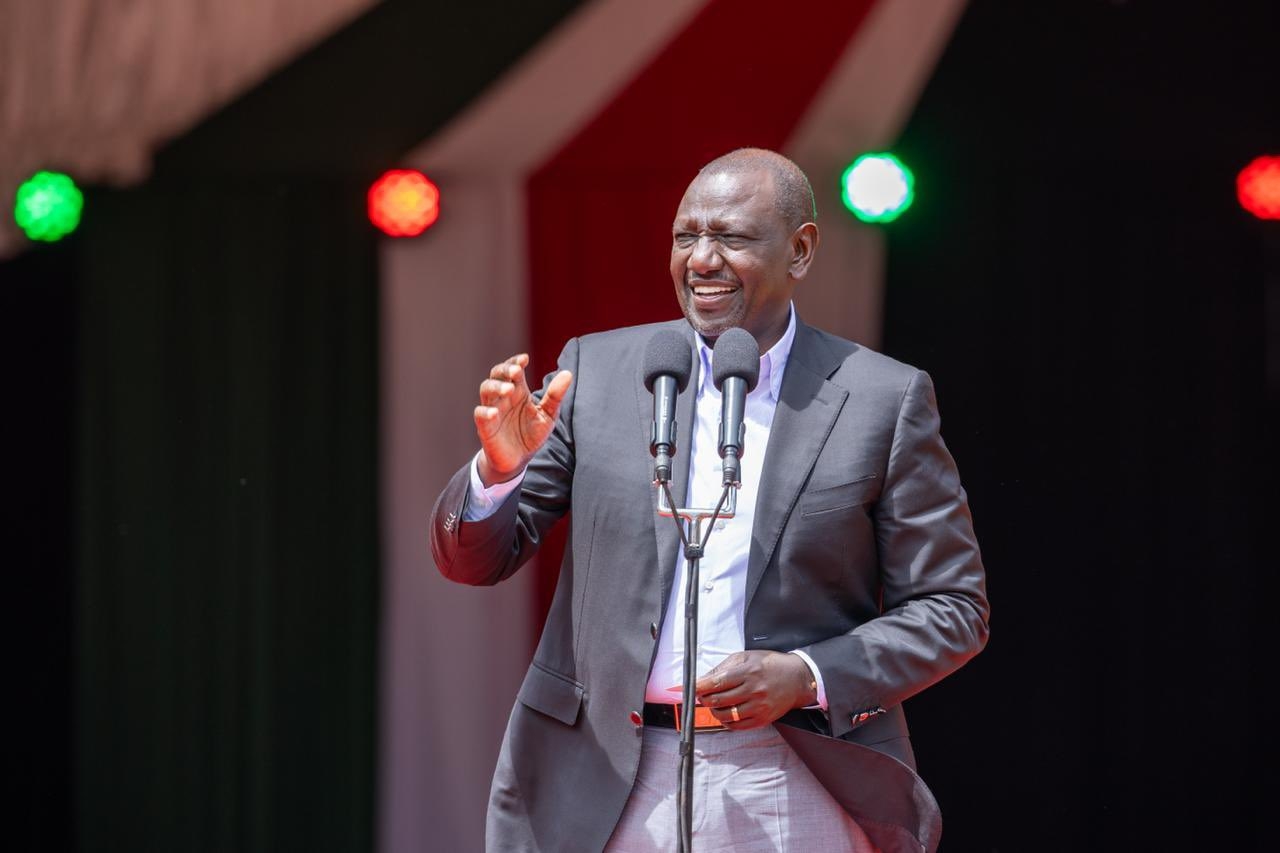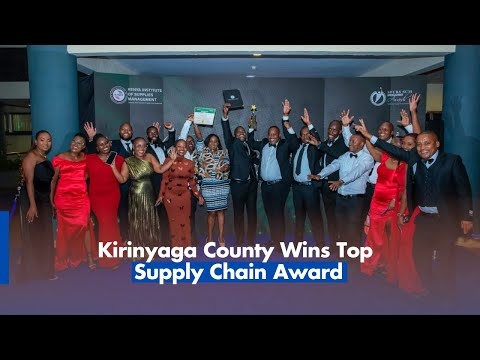

By RISPER KIAMA
Indigenous women are the guardians of ecosystems, culture and tradition, but today they are grappling with the harsh realities of a changing climate.
Through community-driven initiatives, they are reclaiming their futures, fostering biodiversity, and reviving ecosystems.
In Kipsing’, Isiolo County, indigenous women are emerging as critical stewards of biodiversity.
Drawing upon centuries of traditional knowledge, these women are not only safe guarding their ecosystems but also challenging the narrative surrounding environmental conservation.
In the efforts to protect ecosystems and nurture biodiversity, a group of women from Sieku village with the support of Samburu Women Trust Organisation, run Miti ni Mali Indigenous Women Arboretum that aims to plant and conserve endangered indigenous trees species and runs programmes designed to support and generate income for local communities.
Jane Nani Meriwas, Executive Director, Samburu Women Trust said “The arboretum is not only a women’s project but also creates employment to the youths and the whole community at large. The activities in the arboretum include innovative farming, bee keeping and honey harvesting, tree planting and beadwork value addition. The women form different groups and each group is allocated a task.’’
All these activities aim to empower and diversify the women’s sources of income and preserve the indigenous knowledge and endangered native trees species that hold significant value for these communities, providing not only sustenance for livestock but also food, medicine and livelihoods.
Additionally, these trees play a vital role in cultural practices, serving as essential elements in ceremonies such as weddings and initiations.
“In future the arboretum will also be a resource centre for indigenous knowledge.’’ Meriwas concludes.
As part of the adaptation measures, the women have turned to harvesting gum Arabic as an alternative source of income aside from pastoralism which has overtime proved to be unreliable especially during the prolonged drought seasons.
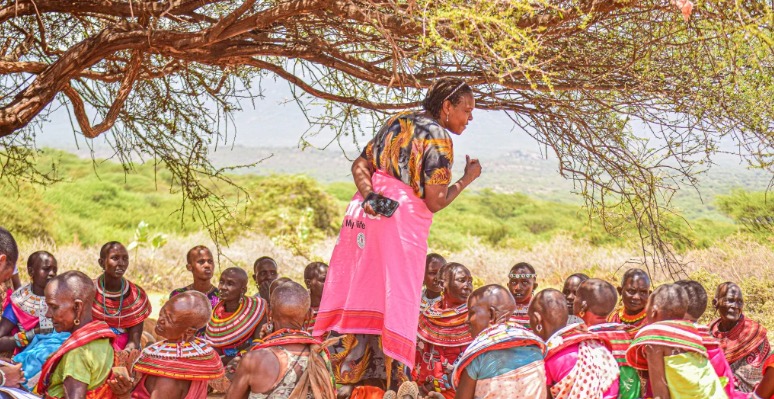
Asitala Lenyarua a pastoralist, is one of the women adopting harvesting gum Arabic as an alternative source of income despite the challenges and the hardships.
“Harvesting gum Arabic has really helped us especially in diversifying our income. Our youths are also benefiting and it has reduced idleness and even theft among them,’’ she says.
At the Local market the gum Arabic ranges between Sh200-Sh250 per kilogramme. There’s no standard price, it depends on the buyer and negotiation.
Samburu Women’s Trust is helping bridge the market to find the standard and friendly market price for the people, but it’s an ongoing process.
They are also training the women on the collection of quality gum, the right procedure for collection and the tools used.
In their mitigation efforts, they are eradicating Acacia recifiens, also known as false umbrella that invades arid lands and nothing grows under it or around it causing the land to become barren.
A report launched at COP28 by UN Women suggests that by 2050 climate change may push up to 158 million more women and girls into poverty, and cause 232 million to face food insecurity.
With Over 370 million indigenous people women being the most affected by climate, relying on weather patterns, temperature variations, local biodiversity and other indigenous practices have sustained them over time.
Speaking to John Letai, Director for Climate Change in Laikipia County, indigenous people are very knowledgeable when it comes to climate change.
They may not be aware of the technical terms but their practices inform the proceeds of climate change.
With increasing frequency of drought and changes in weather patterns, they have adopted various ways to mitigate and to adopt to climate Change. Group ranches have been formalised to community land and communities have been able to elect community land management committee (CLMCs) to manage the land.
The community land act of 2016 gives legal mandate to indigenous communities to be able to manage their own land. Laikipia county government has a county spacial plan 2022-2032 which is a collection of different land use options by the various stakeholders indigenous people being one of them.
Most of the indigenous people being pastoralists are slowly embracing the economic element of livestock keeping.
“For us, livestock is the measure of wealth. Myself I keep them for social status but the reality of using the livestock to support our livelihoods is there and we have to utilise it,” Letai says.
“There is a lot of hope and in future we see the role of communities increasingly becoming important, people coming back to the indigenous knowledge because it is more articulate and well thought and can be used to enhance community resilience to climate change,” he concluded.
The writer is a climate journalist



